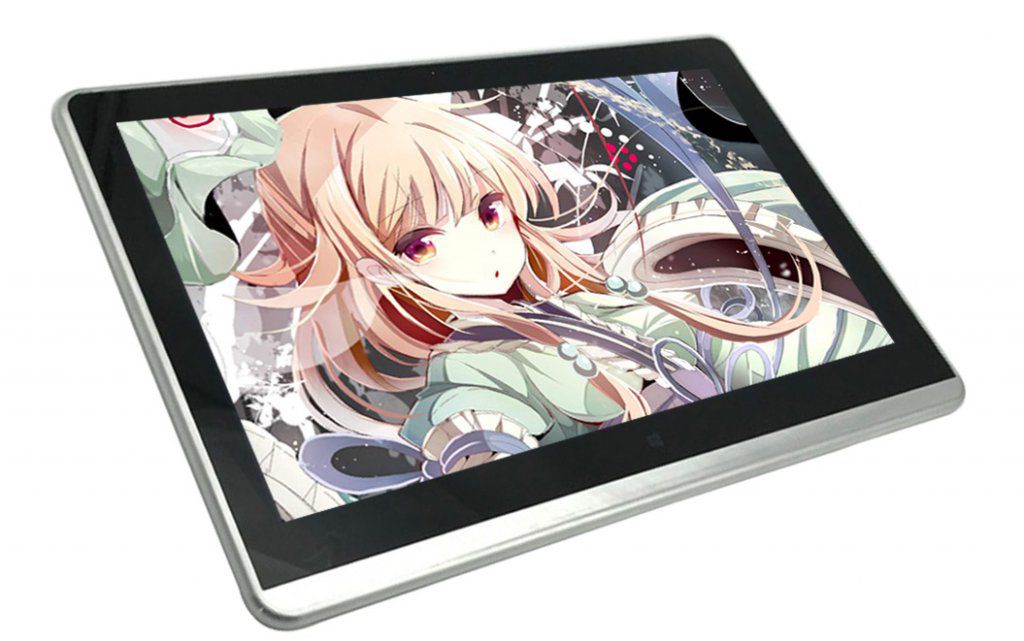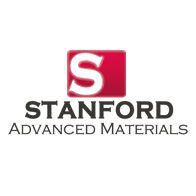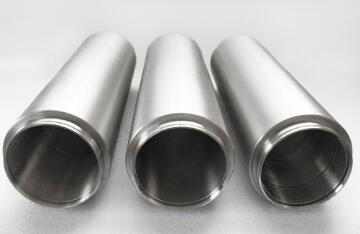A resistive touch screen is a sensor that converts the physical position of a touch point (X, Y) in a rectangular area into a voltage representing an X coordinate and a Y coordinate. The structure of the resistive touch screen is basically a film-plus-glass structure, and the adjacent side of the film and the glass is coated with an ITO (indium tin oxide) film, which has good conductivity and transparency.
When touched, the ITO under the film touches the ITO on the upper layer of the glass, and the corresponding electrical signal is transmitted through the inductor. The electrical signal is sent to the processor through the conversion circuit, converted into X and Y values on the screen by calculation, and presented on the screen. At present, many LCD panels use a resistive touch screen, which can use four-wire, five-wire, seven-wire or eight-wire to generate the screen bias voltage and read back the voltage of the touch point.

The transparent ITO conductive film coated on the resistive touch screen has specific process requirements: the film should not be too thick, otherwise it will not only reduce the light transmittance, but also form an internal reflection layer to reduce the definition; it should not be too thin, otherwise it will break easily.
In addition, the resistive touch screen may experience a touch failure in the following cases. In the process of use, because the accuracy of the touch screen needs to rely on the precision of the resistor network, if there is a fault in the resistance network, the touch screen will be malfunctioned here; Since the surface of the touch screen is often touched, a thin layer of transparent ITO conductive film will have small cracks, which will also cause touch failure; The outer layer of the transparent ITO conductive film is made of plastic material and has no protective layer, so the safety is poor.
Although the resistive touch screen has the above drawbacks, compared to other touch screens, it is a relatively closed system, which is not affected by external pollutants such as dust, moisture, oil collapse, and the like. Moreover, the resistive touch screen is suitable for occasions with gloves or direct touch by hand, so it can work normally in harsh environments and is suitable for aviation on-board display systems.
Stanford Advanced Materials (SAM) Corporation is a global sputtering target manufacturing company. We provide metals, alloys, oxides and ceramic materials of high quality and at a competitive price. And we regularly update industrial knowledge and news on our website. If you are interested, please visit https://www.sputtertargets.net/ for more information.
Related:
What is ITO (indium tin oxide) Sputtering Target?
Mots clés :



